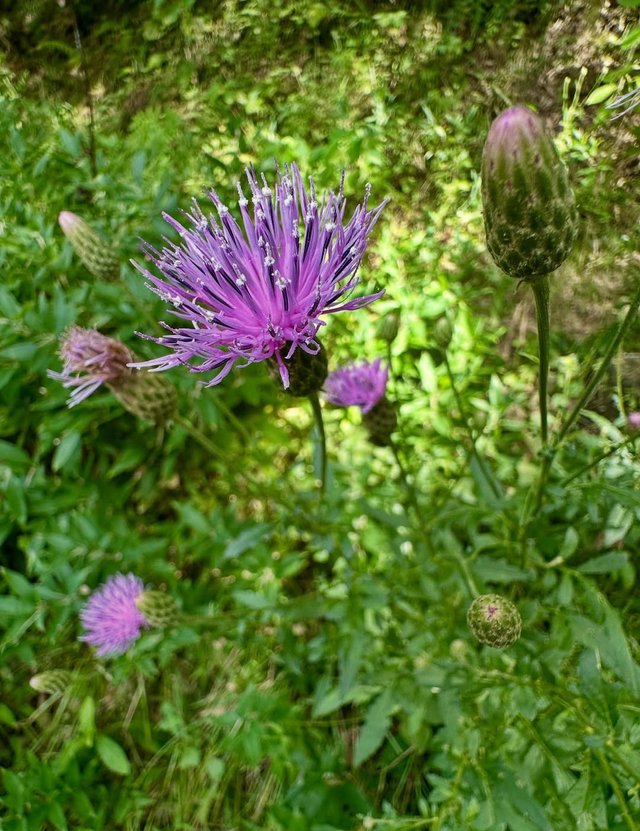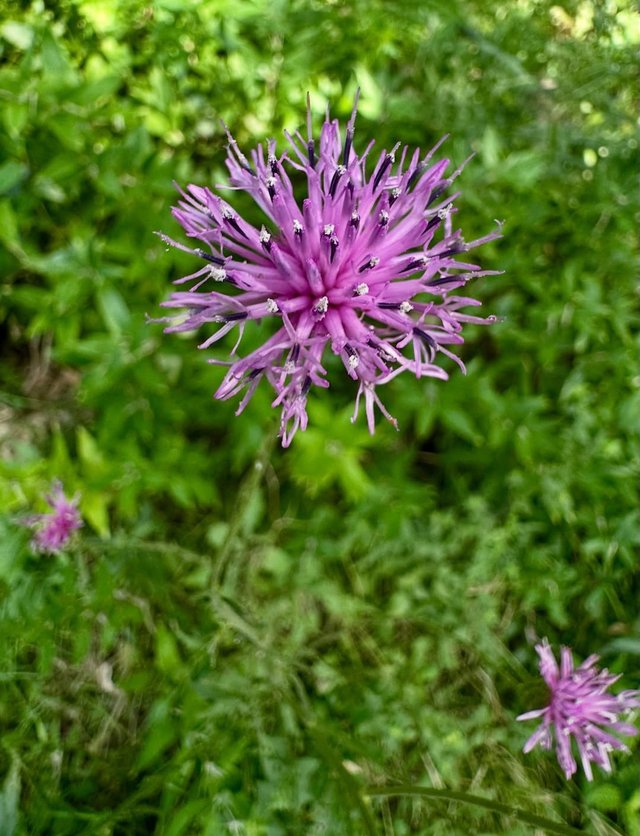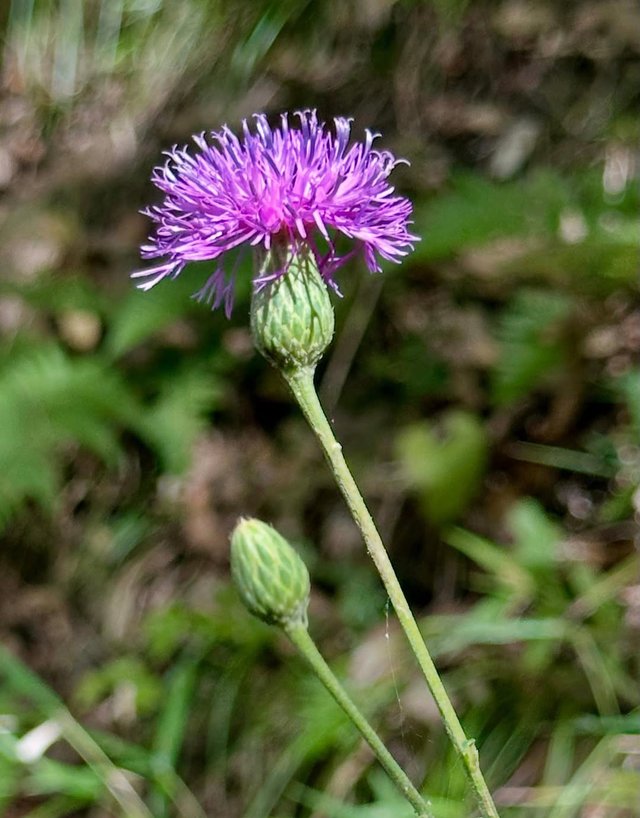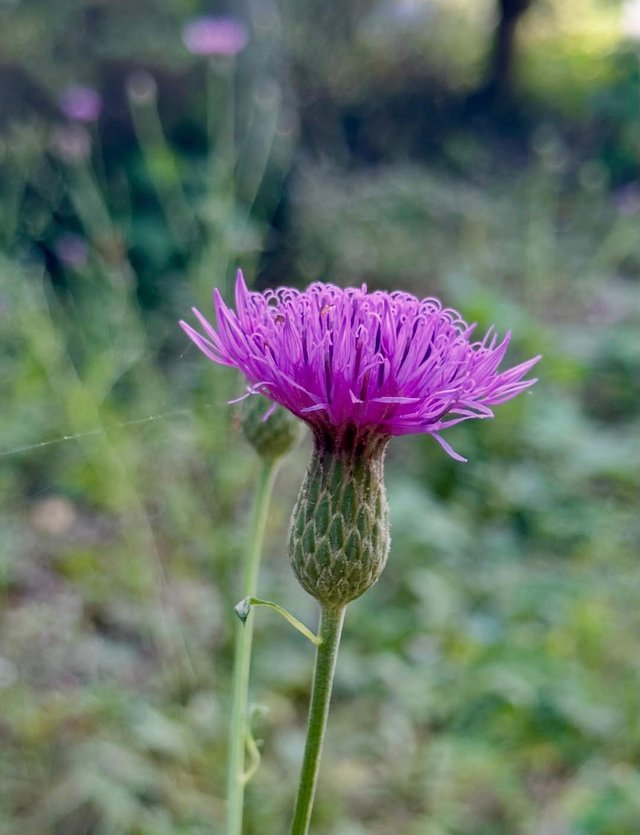Thistle
Thistle is the common name for a diverse group of flowering plants is recognized by its spiny leaves and stems along with distinctive flower heads that are usually purple pink or sometimes white or yellow these hardy plants are native to Europe Asia and North America and thrive in a wide range of habitats including grasslands meadows wastelands and roadsides thistles are characterized by their prickly appearance which acts as a natural defense against herbivores the leaves are often lobed or serrated with sharp spines at the margins and the stems can also be covered with protective spines.
The flowers are produced in dense flower heads surrounded by bracts many of which also bear spines making the entire plant difficult to handle despite their thorny nature thistles are ecologically valuable they produce abundant nectar that attracts pollinators such as bees butterflies and even birds like goldfinches which also feed on the seeds the blooming period typically extends from late spring to early autumn depending on the species the seeds are lightweight and equipped with tufts of fine hairs that allow them to be dispersed by the wind ensuring the rapid spread of the plants some thistle species are considered invasive because of their aggressive growth.
And ability to colonize disturbed soils quickly crowding out native vegetation on the other hand many species hold cultural and symbolic importance the thistle is the national emblem of Scotland where it represents resilience strength and pride and has been used in Scottish heraldry for centuries in traditional medicine certain thistles such as milk thistle have been used for their healing properties particularly for liver health and detoxification extracts from these plants contain compounds like silymarin which are believed to have antioxidant.



